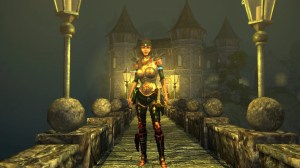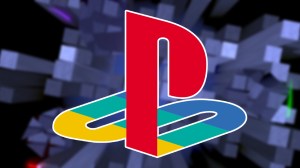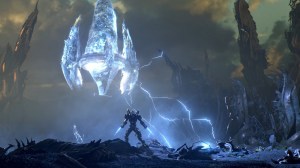
Believe it or not, there was once a time when Batman had no Robin.
Videos by ComicBook.com
The emergence of superhero sidekicks and young leaders dates back to the early 1940s as comic creators needed a new way to attract a new demographics of readers. Now, some 60 years later, the continued existence of these teenage superheroes has become something many comic book fans find absolutely necessary.
There are those who say teenage superheroes have no place in comic books. Naysayers are fed-up with the millennial slang of Kamala Khan or teen-ridden angst of Miles Morales.
To defend the teenage superhero is a massive, but needed, task.
A starting point is the countless teenage superheroes active across the medium — the Teen Titans (DC Comics), Young Avengers (Marvel Comics), The Wicked + The Divine (Image Comics) — are titles that lead the way for many mainstream comic producers. Those series’ do not cover other staple heroes such as Aqualad, Amadeus Cho, and perhaps the most heralded of all teenage heroes, Peter Parker.
Each of the aforementioned heroes are integral characters in their respective universes as they all interchangeably break and then save the world. But, most importantly, these teenagers redefine how heroes take on responsibility and overcome trauma.
Teenage superheroes do not just struggle with their homework and alter-egos. They give readers a new look into real-world issues which often come to define them as characters.
The retconned history of Bucky Barnes showed the sidekick as someone who did the dirty work for Captain America, bloodying his own hands to preserve Steve Roger and his wholistic image.
Cyborg as well as Luke Cage give commentary on the world’s pervasive racism; Kamala Khan reacts to religious prejudices, and Peter Parker was famously motivated to don his iconic suit after his uncle was murdered by a burglar who Peter let previously escape.
Not all these heroes have such weighty origins pushing them forward, but those who do give fans an idealized model of how to face adversity.
The superhero mythos is all about creating over-the-top characters who can do what us mere mortals cannot. That trope doesn’t diminish in the face of 16-year-olds who’s been bitten by a radioactive spider.
For those who say these younger superheroes don’t always realistically depict readers, they’re right. Characters like Riri Williams – the inheritor of Iron Man’s moniker – is probably unrelatable to even the most accomplished geniuses. But, the thing is, these characters were never intended to represent any one person. They are created to be a symbol, a brilliantly complex version of humanity that readers can look up to and say: “Yeah, I dig it.”
Deeper than perhaps the enjoyment factor for another group of fans is simply seeing teenage superheroes embody modern ideals can be immensely empowering.
Age doesn’t trivialize the stakes they face every time they suit up. Teenage superheroes have the same gifts their predecessors carry, and these characters aren’t afraid to approach their powers with equal parts levity and seriousness.
These teenagers are refreshingly changeable unlike their older counterparts, and it’s this adaptability that brings normalcy to fantastical story arcs. Whether they’re going to prom or tracking a mad scientist, teenage superheroes tend to react relatably and make readers think: “Okay, that’s totally what I would’ve done – Also, dear god, please don’t drink hunch-punch at the dance!“
It’s clear that superhero sidekicks and teenage leads have come a long way since their introduction to mainstream media — heroes like Superman and Captain America gave readers a twisted sort of stability in a war-torn world. Those flat allies have turned into fully-fledged heroes who redefine what saving the world means.
Today, comic books only benefit from the inclusion of teenage superheroes as these characters question what it is to have responsibility and strive to make a better world in the face of overwhelming odds. And, what’s more, these characters are often underdogs.
Teen superheroes usually start out untrained, unequipped, and wholly unprepared to do the job they aspire to – but they don’t let that stop them. If anything, it makes them more persistent, pushing them to become stronger and even work with their own personal heroes.
To those who say teenage superheroes are only good for placating younger readers; or the masses who go so far as to say these heroes just aren’t interesting enough to stand alongside legends such as Wonder Woman and Thor: Who cares?
When it comes down to it, teenage superheroes are not trying to overshadow anyone else. Rather, they are legacy characters who have been tasked with bringing new readers into the world of comic books.
Teen superheroes strive to inspire others while still somehow finding time to get their license or reign in their temperamental hormones. Honestly, these heroes have enough to worry over as they try to balance typical teenage straits with their extraordinary gifts. So, as fans, we should let these teenage superheroes exercise their powers in the hopes they’ll save not only their worlds but also change ours for the better.
They say the magic of teenage superheroes is nothing but a parlor trick that publisher’s abuse to grow their readership. But, in true comic book fashion, these heroes don’t submit to controversy or cower when readers tell them to get off their lawns. Instead, the teens suit up.








